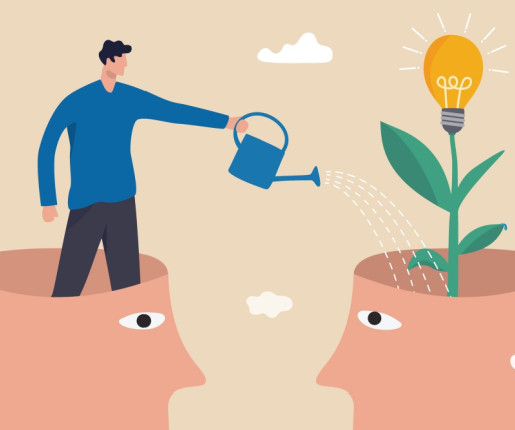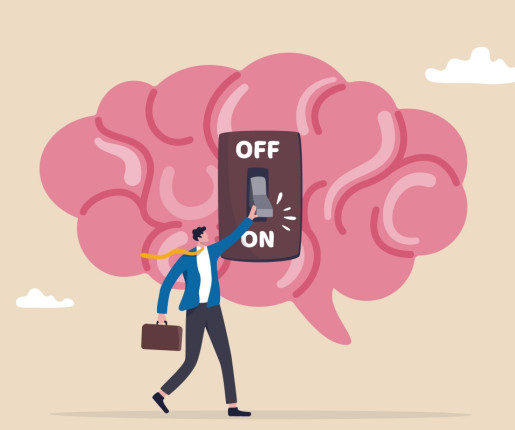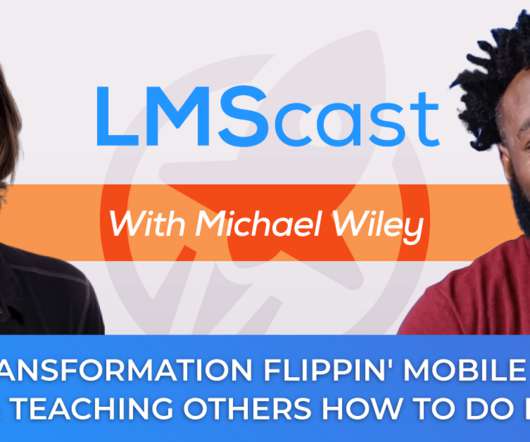Five Teaching Strategies Backed Up by Neuroscience
KnowledgeOne
MAY 24, 2023
Neuroscience has made remarkable advances in unravelling the mysteries of the human brain. As our understanding of how the brain functions expands, so does our ability to apply this knowledge to various fields, particularly education. This is the surprising finding of an American study published in 2016.




























Let's personalize your content